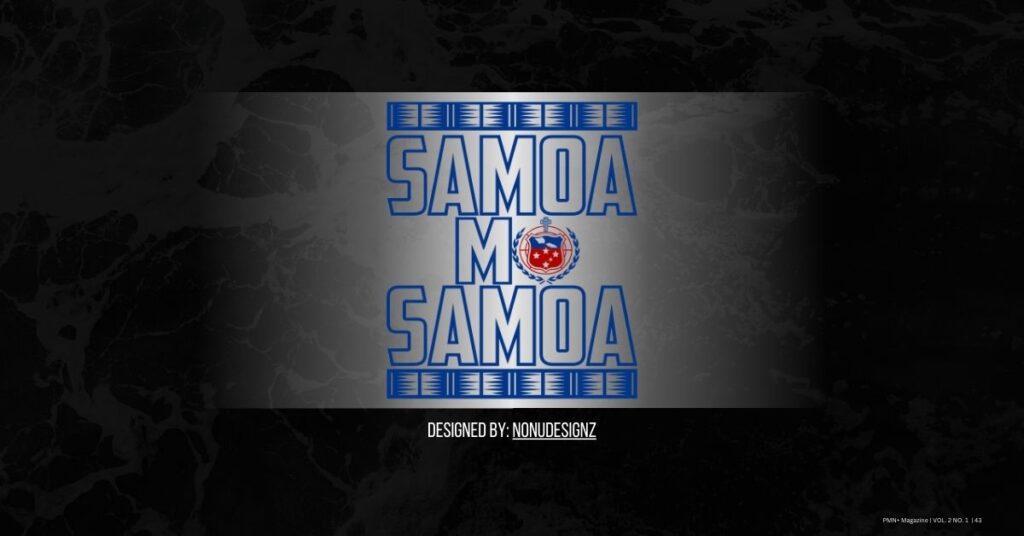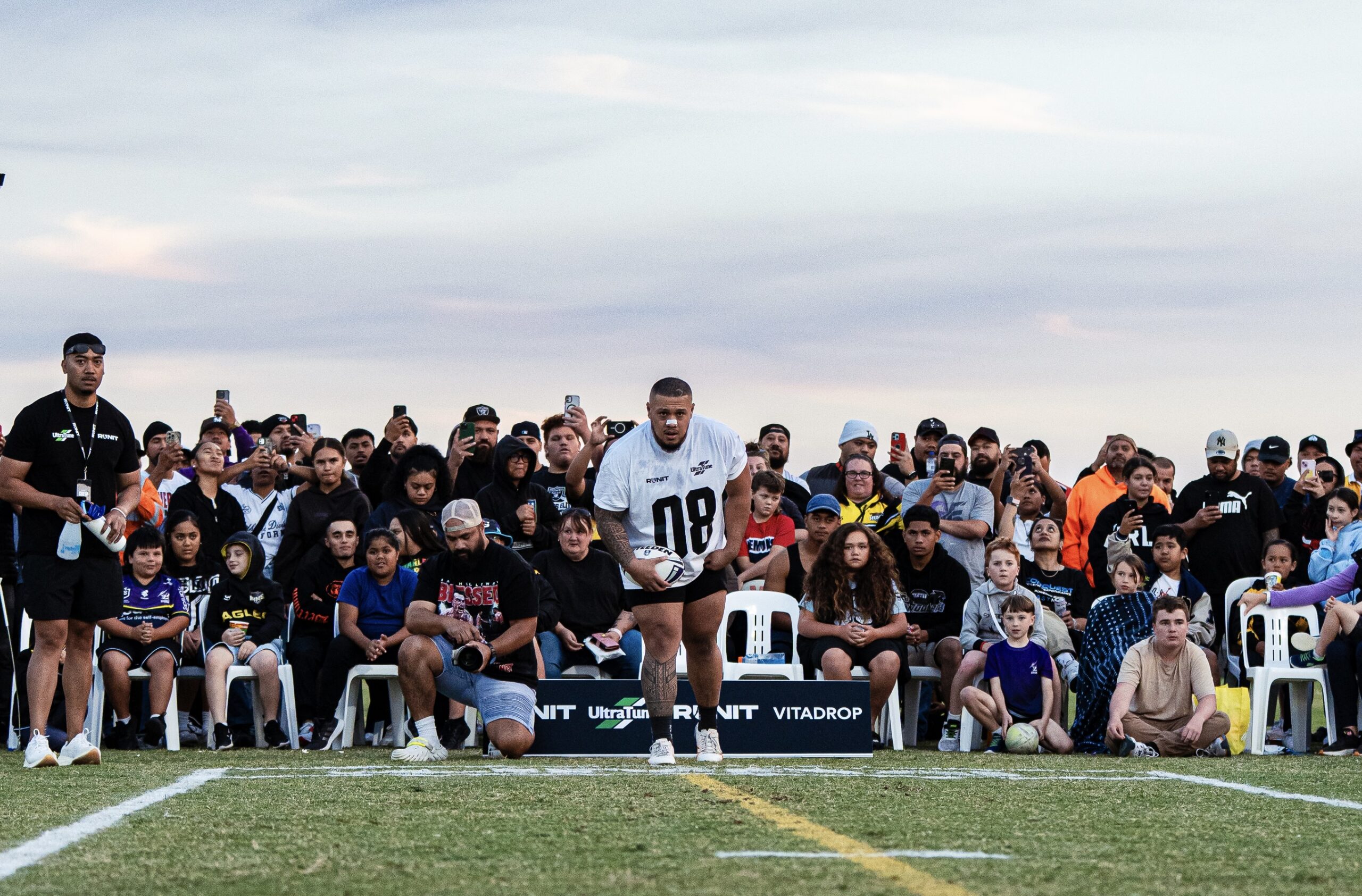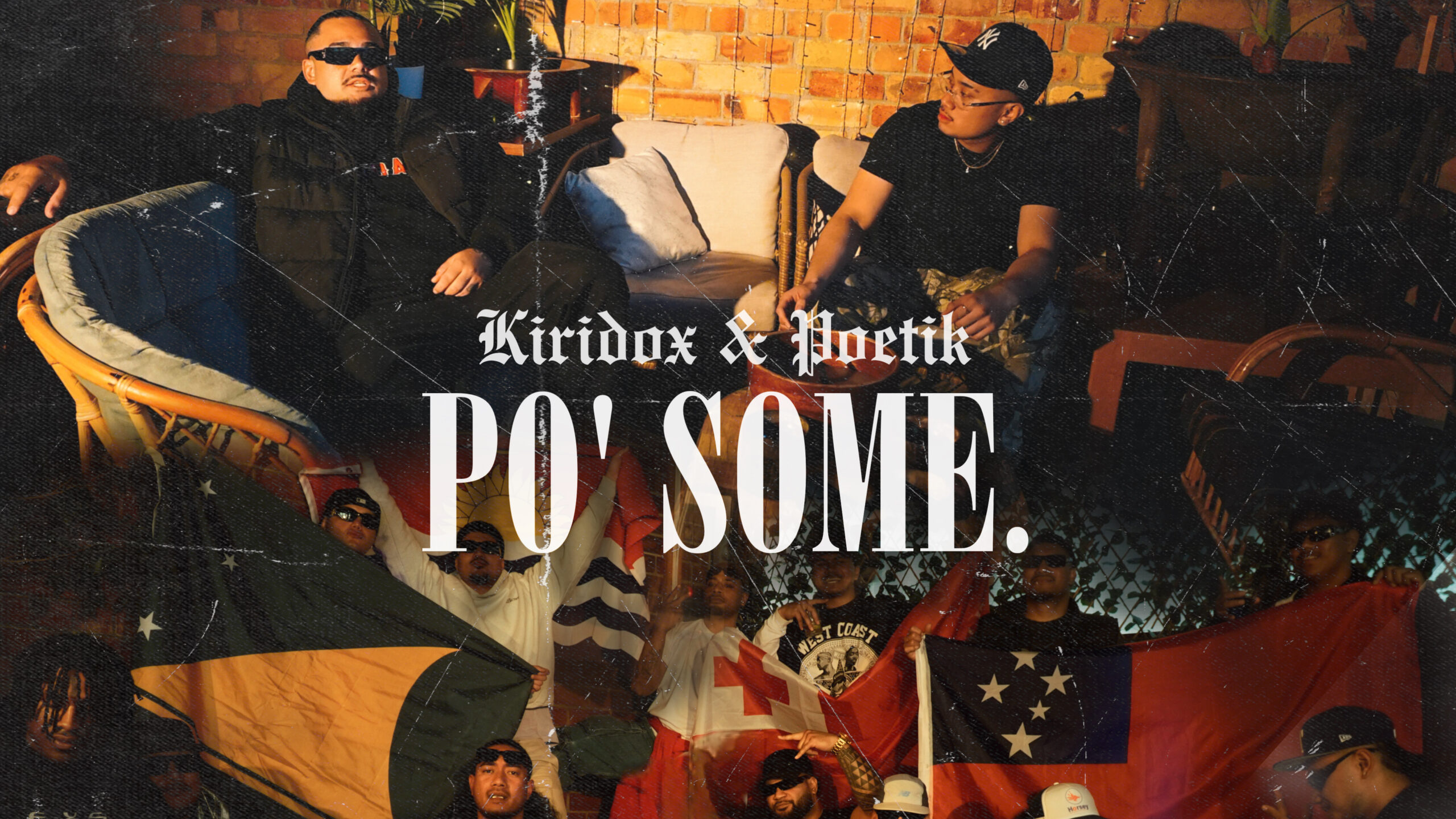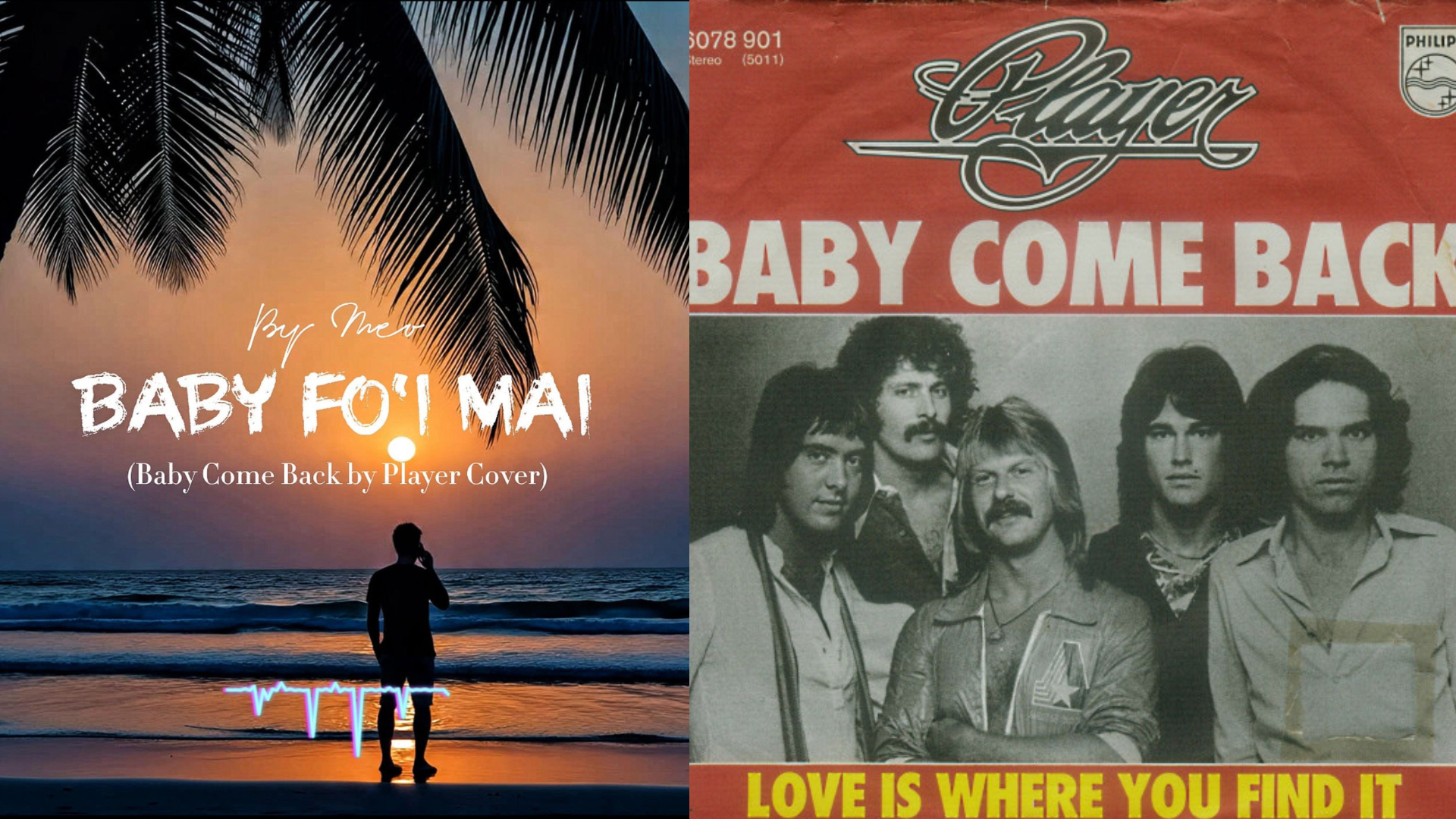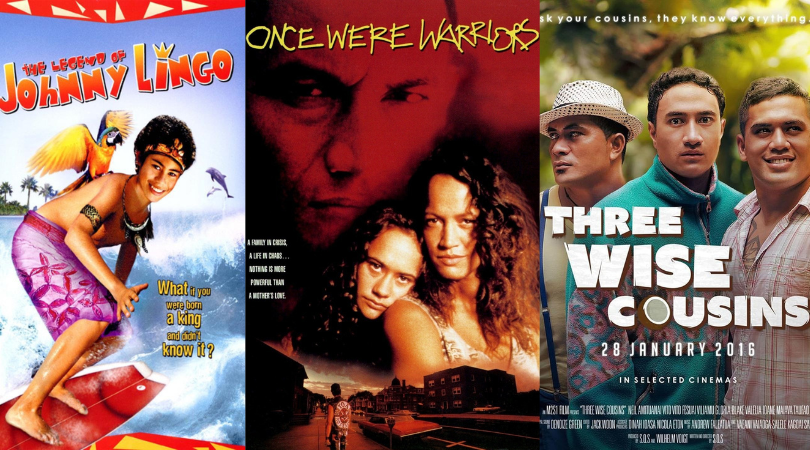In this image (above), Tamasese lies in state— publicly displayed to allow people to pay their respects—surrounded by his family and supporters. Among those present are Faumuina Fiame Mulinu‘u I (seated in the foreground), Tamasese’s son (standing above Faumuina with folded arms), Tuimaleai‘ifano (with his arm in a sling), Mrs. Ala Tamasese (seated in profile), and two European Mau supporters, Alfred Hall Skelton and Alfred G. Smyth.
On Saturday, December 28, 1929, a dark chapter in Samoa’s history unfolded— now known as Black Saturday. This day marked a tragic turning point in the Mau movement’s relentless fight for freedom. It was a day when the hopes of a nation were met with brutal violence, resulting in the death of the revered Mau leader, Tupua Tamasese Lealofi II, who had just returned from two years of exile. His death, alongside the injuries and losses of many others, would go on to define the day as Black Saturday in Samoan history.
Tupua Tamasese Lealofi II remains a hero in the eyes of every Samoan, not only for the cause he died fighting for, but also for his final, powerful words as death slowly took hold:
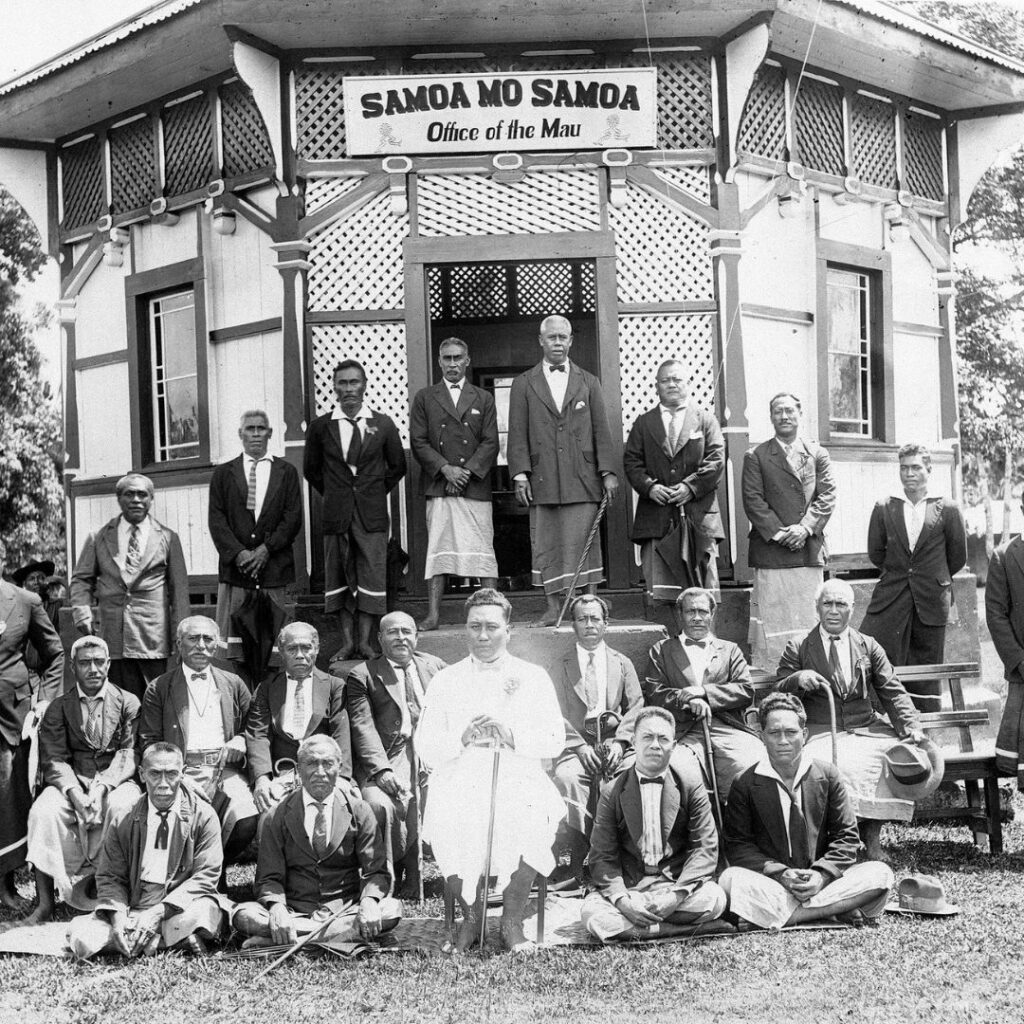
“Samoa filemu pea, ma si o’u toto ne’i ta’uvalea, a ia aoga lo’u ola mo lenei mea.”
– Tupua Tamasese Lealofi II
Translation:
“My blood has been spilt for Samoa. I am proud to give it. Do not dream of avenging it, as it was spilt in peace. If I die, peace must be maintained at any price.”
The events of Black Saturday were precipitated by escalating tensions in the Mau independence movement, which arose in response to the systematic undermining of Samoan culture and the horrific mismanagement of the 1918 flu epidemic 1918 flu epidemic by New Zealand authorities. After the First World War, New Zealand had been given the mandate to administer Western Samoa, a former German colony. However, the failure to protect Samoans during the flu epidemic, which claimed the lives of 8,500 people, sowed the seeds of resistance. (NZ HISTORY)
By 1929, as civil disobedience grew, Colonel Sir Stephen Allen, the Administrator of Western Samoa, decided to quash the movement. When the Mau staged a peaceful parade in Apia in December, violence erupted. Police fired on demonstrators, killing 11 Samoans and one policeman. Among the fallen was Tupua Tamasese Lealofi III. The Mau supporters disappeared into the bush, but in March 1930, they reemerged, agreeing to disperse. (NZ HISTORY)
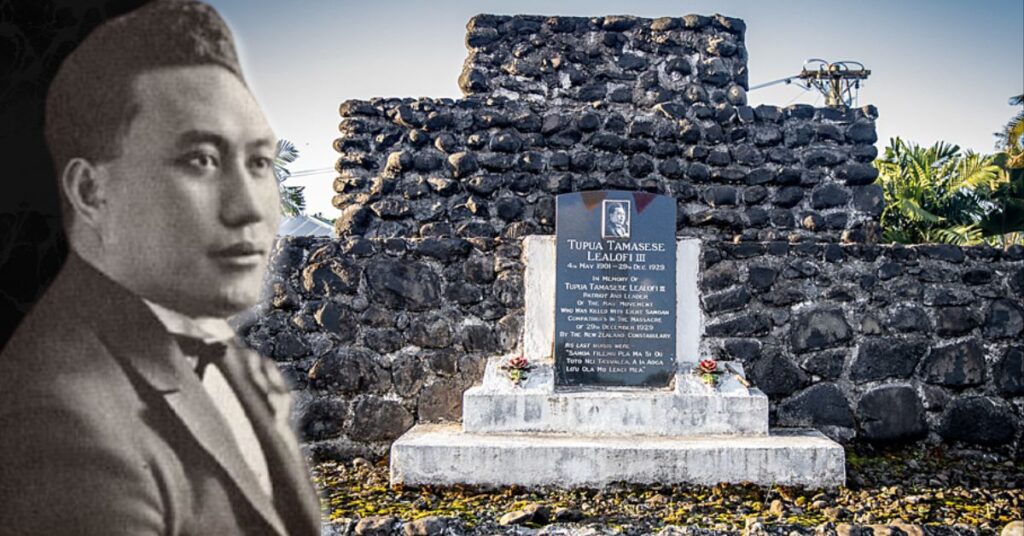
The pain of this dark chapter lingered for many years, but in 2002, New Zealand Prime Minister Helen Clark offered a formal apology for the wrongs committed by the colonial administration.
95 years after Black Saturday, we reflect on the sacrifices made by Tupua Tamasese Lealofi III and the brave souls of the Mau movement. Their courage and commitment to peace, even in the face of death, continue to inspire and remind us of the resilience of our ancestors. We honor them not only for their fight for Samoa’s independence but also for the peace they fought to preserve.
We remember those who gave their lives for the freedom we have today.
“Samoa, filemu pea.” Samoa, remain peaceful.
– Tupua Tamasese Lealofi II
